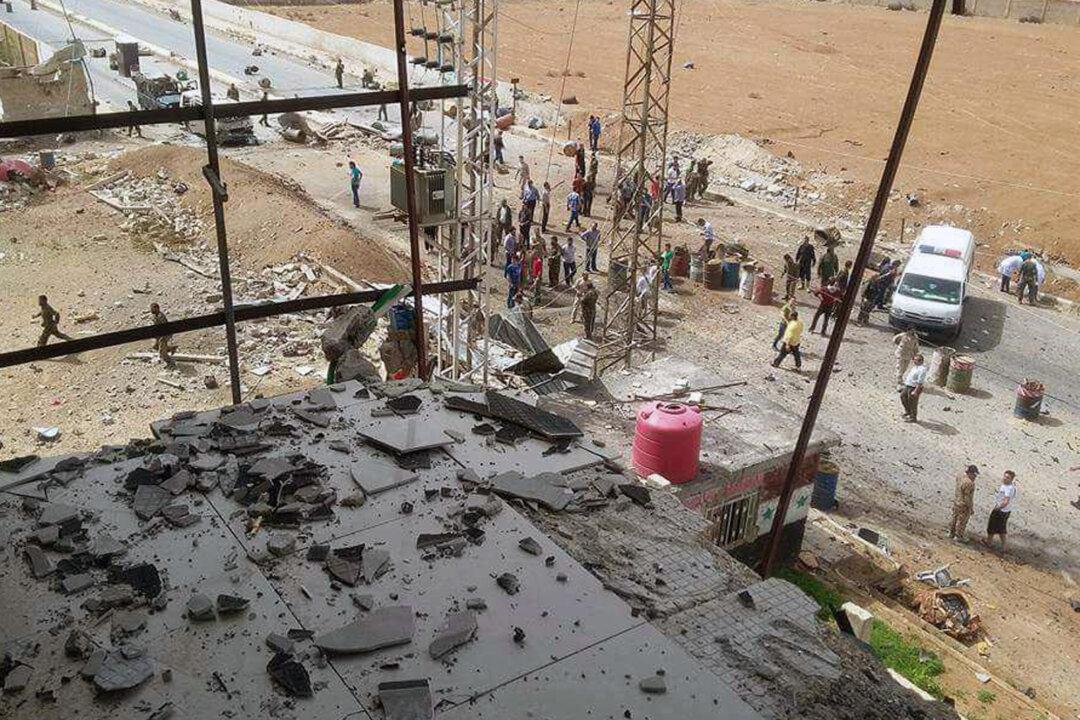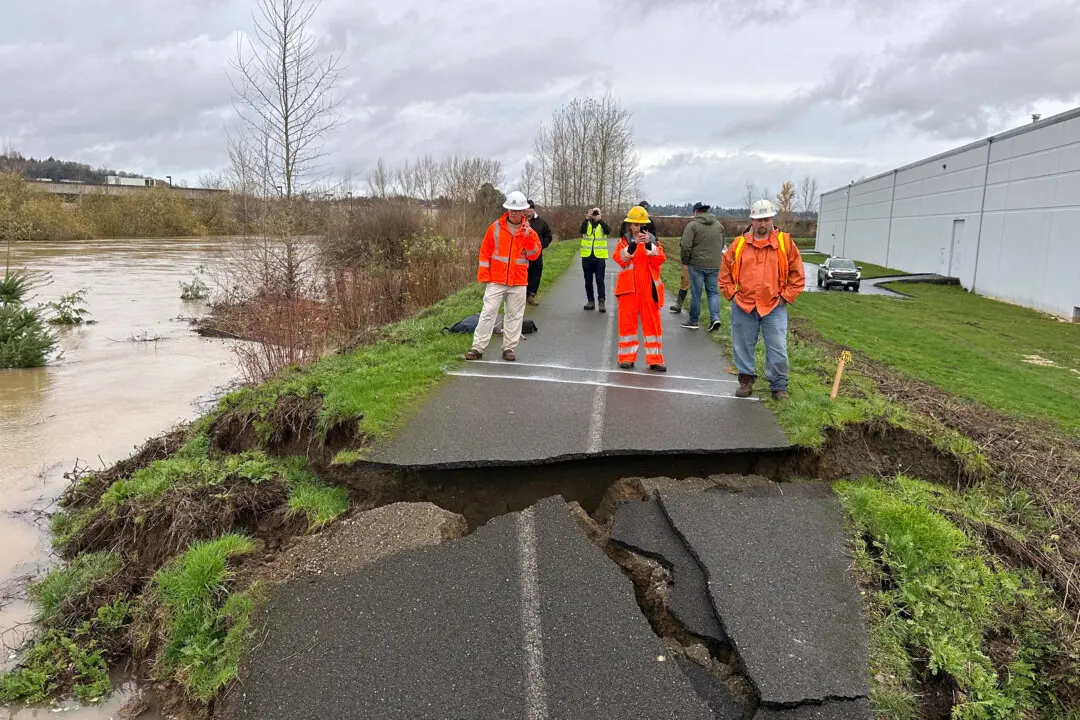DAMASCUS, Syria— Violence in Syria continued for the fourth straight day to chip away at what remains from a cease-fire that has effectively collapsed, leaving at least 28 people dead Monday in reciprocal shellings between government forces and opposition in the country’s largest city while a bomb blast disrupted a relative quiet in a Damascus suburb that is home to one of the holiest Shiite shrines here.
At least 20 people were killed in the shelling on Aleppo, pro-government media and activist-run monitoring groups said; while eight died when a suicide bomber detonated his explosive-packed vehicle at a military checkpoint in the Damascus suburb of Sayyida Zeinab.

This image released by the Syrian official news agency SANA, shows the scene after a suicide bomber detonated his explosives-packed vehicle at a military checkpoint at the entrance to the Sayyida Zeinab suburb, Damascus, April 25, 2016. SANA via AP





